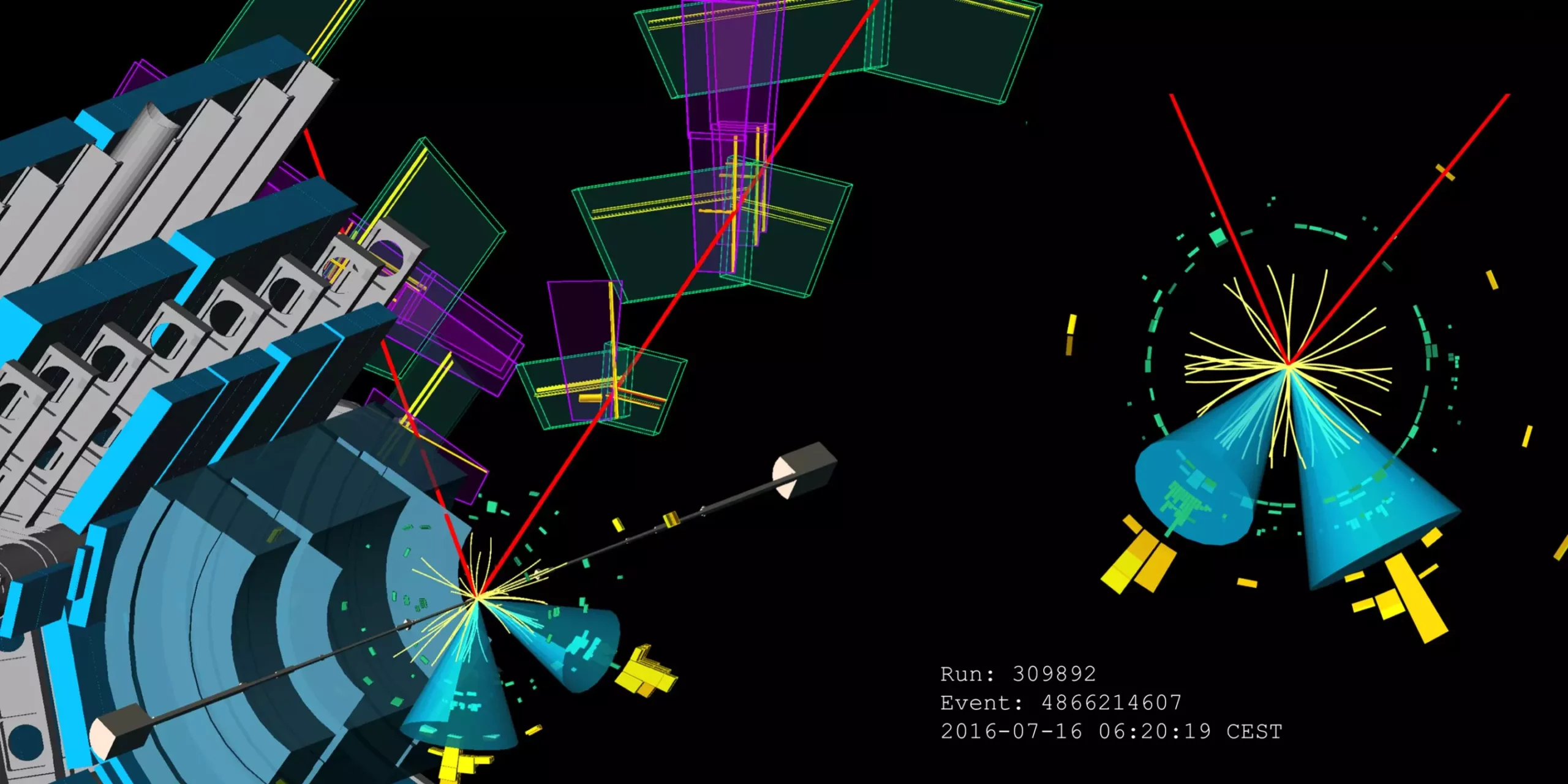The quest to understand the fundamental building blocks of the universe often leads physicists down complex paths, particularly in the realm of particle physics. A crucial part of this exploration is the Higgs boson, a particle that plays a pivotal role in the theory of electroweak symmetry breaking. This theory provides an explanation for how elementary particles acquire mass. The ATLAS collaboration at CERN has been at the forefront of research focused on precisely measuring how the Higgs boson interacts with various particles, including elementary fermions and bosons. By analyzing these interactions, scientists hope to shed light on the underlying principles of mass generation in the universe.
One of the central aspects of studying the Higgs boson involves tracking its decay into quarks, particularly the heaviest, which include the top, bottom, and charm quarks. Quarks do not exist in isolation; when the Higgs boson decays, these quarks fragment into jets – sprays of particles that can be detected by particle detectors. Jet tagging, a sophisticated analysis method, is employed to identify the flavor of the quarks that produce these jets. Distinguishing between these quark flavors is essential for accurate measurements of the Higgs boson’s properties. Recent improvements in jet tagging techniques have significantly enhanced the ATLAS collaboration’s ability to discern the characteristics of jets resulting from Higgs decays.
Recent Findings from the ICHEP 2024 Conference
At the recent International Conference on High-Energy Physics (ICHEP) 2024, the ATLAS collaboration unveiled promising developments in their measurements of Higgs boson interactions. By revisiting the data gathered during the LHC Run 2 phase, spanning from 2015 to 2018, researchers utilized advanced analysis techniques, including improved jet tagging, to achieve greater precision in their findings. A notable highlight was the enhanced sensitivity to the Higgs decays into bottom quarks (H→bb) and charm quarks (H→cc), showcasing increases of 15% and three times, respectively.
Furthermore, the ATLAS team reported significant observations related to Higgs production processes in association with other bosons, namely W and Z bosons. For the WH → Hbb process, the collaboration noted a significance level of 5.3σ, while the ZH → Hbb process achieved a 4.9σ significance. These results mark important milestones, as they represent some of the most precise measurements of these processes to date and align with the expectations set by the Standard Model of particle physics.
While the new results present a clearer picture of Higgs interactions with heavier quarks, certain processes remain elusive. The decay of the Higgs boson into charm quarks, for example, is considerably restricted by a mass factor, making it challenging to observe. Current measurements set an upper limit for the rate of the process VH → Hcc, indicating it is 11.3 times the Standard Model prediction, yet still beyond direct observation. This underscores the complexities inherent in particle physics where some interactions, while theoretically predictable, become difficult to detect due to their infrequency.
The Path Forward: Future Implications and Ongoing Efforts
The ATLAS collaboration’s commitment to refining their analytical methods and their ongoing data collection during LHC Run 3 presents exciting opportunities for future research. The enhanced understanding of background processes, particularly those involving top quarks, has already led to substantial improvements, doubling the sensitivity for measuring Higgs production associated with two top quarks which subsequently decay into bottom quarks.
As researchers continue to push the boundaries of what can be measured and understood regarding Higgs boson interactions, anticipation grows for the upcoming High-Luminosity LHC (HL-LHC) project, which is expected to facilitate the detection of increasingly rare processes, including H→cc. The dedication of collaborations like ATLAS reflects the fundamental desire to unravel the mysteries of the universe, ultimately contributing to a broader understanding of the fabric of matter and energy that composes our cosmos. Through rigorous experimentation, analysis, and technological advancements, we inch closer to comprehending the profound significance of the Higgs boson in the grand tapestry of particle physics.


Leave a Reply